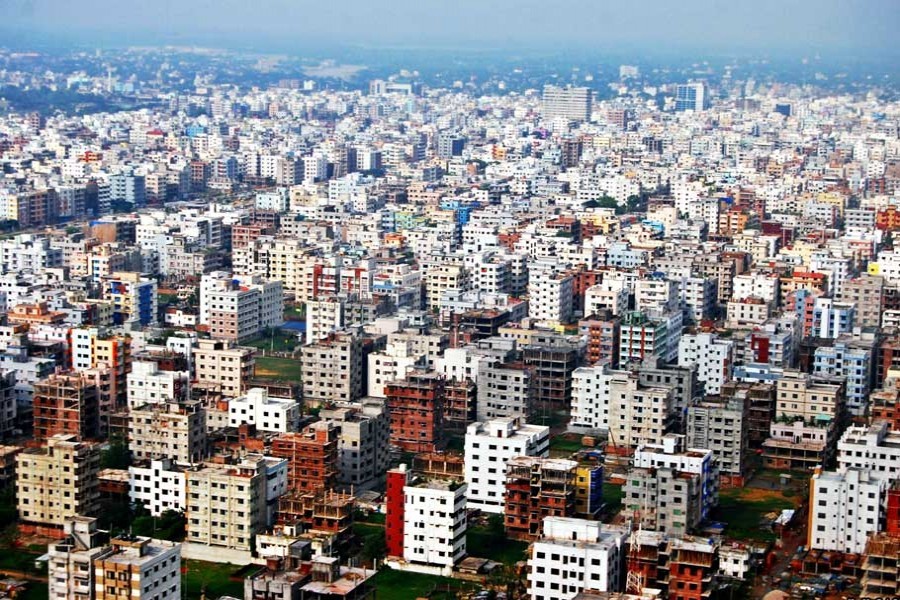Consumers do not need the help of statistics to know that their cost of living has gone up. They feel the pinch when their everyday spending on essentials, healthcare, education, transportation etc., goes up. Yet statistics do help them recognise the extent of the rise during a particular time. The consumers' rights organization, the Consumers Association of Bangladesh (CAB), late last week unveiled a report on the cost of living in Dhaka in 2020, a year that witnessed the havoc wreaked by the SARS-CoV-2 deadly pathogen.
The living expenses in Dhaka, according to the CAB report, recorded a 6.88 per cent rise compared to a 6.50 per cent and 6.08 per cent increases in 2019 and 2018, respectively. The hike in the living cost during a pandemic-hit year at a rate more than that of a normal year hit the poor, low and middle-income people hard. The increase had imposed an extra burden on them, particularly when many had lost jobs and other sources of income. The rate of poverty, according to some independent studies, increased to 40 per cent from 20 per cent in 2020.
During the year under CAB review, the prices of most food items and daily necessities went up at varying rates. What had affected them most is the price of rice. Despite a bumper harvest, the prices of the main staple increased unabatedly. Other daily essentials including edible oils, pulses, onion, sugar, spices also had become costlier. The government as happens always could not do anything tangible to monitor the market and arrest the soaring prices.
The government offered stimulus packages to the industries and businesses. But the assistance, cash or otherwise, it had made available to both old and new poor during the Covid-time had been negligible. Poor and low-income people in their thousands had left the city for village homes failing to meet the living cost in Dhaka city. Those who stayed back had to spend more on the purchase of daily necessities though their income depleted during most of 2020. An unusual time in human history could not deter a few utility service providers from hiking their tariff/rates, which only aggravated the woes of the poor and low-income people.
The CAB estimate did not include the expenditures the Dhaka residents made on education, healthcare and transportation. Most families had to spend an additional amount on healthcare. Such spending is continuing. Sometimes, expenditure on Covid patients has left many families paupers. The bus fare has been raised by 60 per cent though the so-called social distancing is hardly maintained in public transports.
The price situation is now worse than that of 2020. Rice has become far more expensive than before and the price of edible oil has shot up by over 70 per cent in recent times. The government has been trying to intervene in the market through the measly distribution of a few food items. But it does not have any effect on the price situation. It has to make some more serious initiatives to help the poor and low-income urban families.


